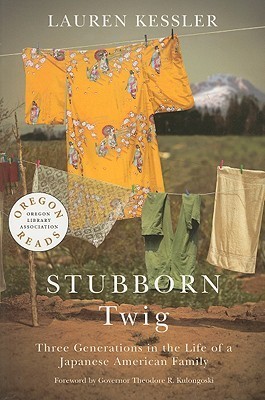What do you think?
Rate this book


308 pages, Paperback
First published January 1, 1993
Her journalism has appeared in The New York Times Magazine, Los Angeles Times Magazine, O magazine, Utne Reader, The Nation, newsweek.com and salon.com. Club www.laurenkessler.com